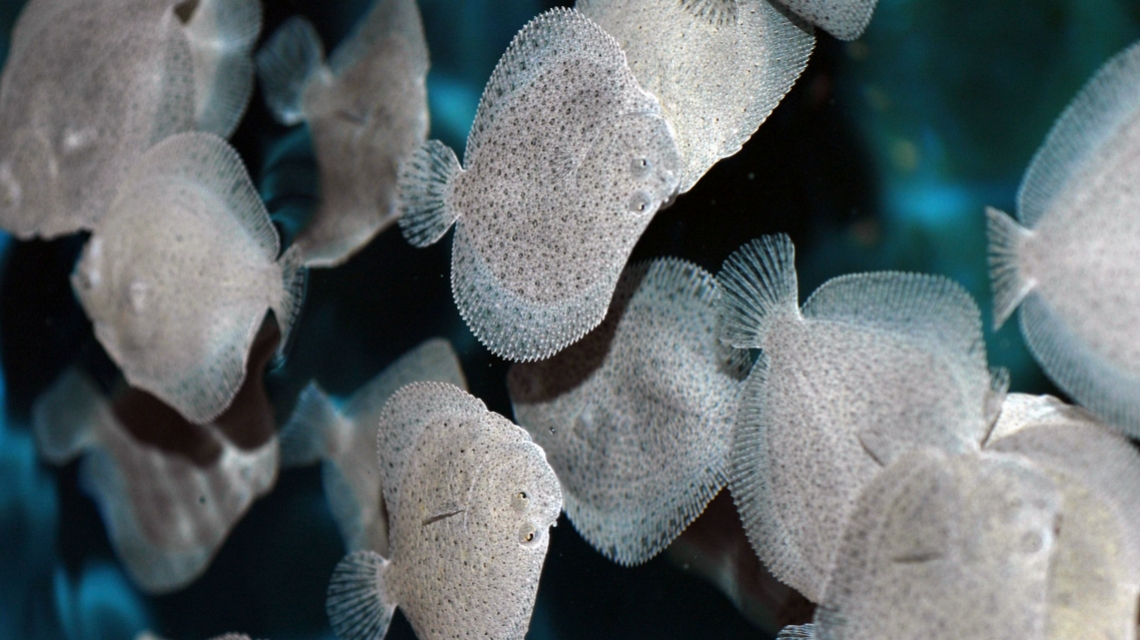The IAEA and the United Nations Environment Programme (UNEP) joined forces in April to better protect human health and global ecosystems from sustained releases of mercury and its toxic derivative compounds into the environment. The UNEP Global Mercury Partnership was initiated in 2005 with the goal of minimizing, and where feasible, ultimately eliminating the release of mercury and its compounds into the air, water and land. The Global Mercury Partnership focuses on those sectors that use and release mercury or process raw materials that contain mercury, as well as areas engaged in mercury management and science.
Mercury is a highly toxic element in the environment that is found both naturally and as an anthropogenic contaminant. It can accumulate in the body and in high concentrations can cause damage to the brain and the central nervous system.
As the only marine laboratories in the UN system, the IAEA Environment Laboratories have been for decades at the forefront of providing customized analytical methods for detection and monitoring of mercury and methyl mercury in diverse marine samples, such as fish or shellfish, marine sediment and seawater – using nuclear and isotopic techniques. IAEA scientists are developing new detection methods and analytical procedures for monitoring mercury in the marine environment, as well as for studying the transfer of toxic pollutants up the food chain.
“This new partnership will enhance global capacity to successfully carry out these studies around the world,” said Peter Swarzenski, Acting Director of the IAEA Environment Laboratories, based in Monaco. “Precise marine pollution assessments and accurate baseline information of contaminant concentrations are fundamental to better understand the potential impacts of such toxic compounds on the environment.”
According to the World Health Organization, mercury is one of the top ten chemicals of major public concern, due in part to its persistence and tendency to accumulate in living organisms and the environment as a whole. Mercury is a highly volatile contaminant which does not respect borders. Once mercury has entered the ocean or lakes it is further biomagnified through the food chain. Populations that depend on seafood are at especially high risk.
The participation of the Agency sends a strong signal on the utmost importance of global cooperation to address the threat posed by mercury, and will undoubtedly bring a major contribution to the Partnership's work in developing knowledge and science, raising awareness towards global action on mercury and supporting timely and effective implementation of the Minamata Convention.






